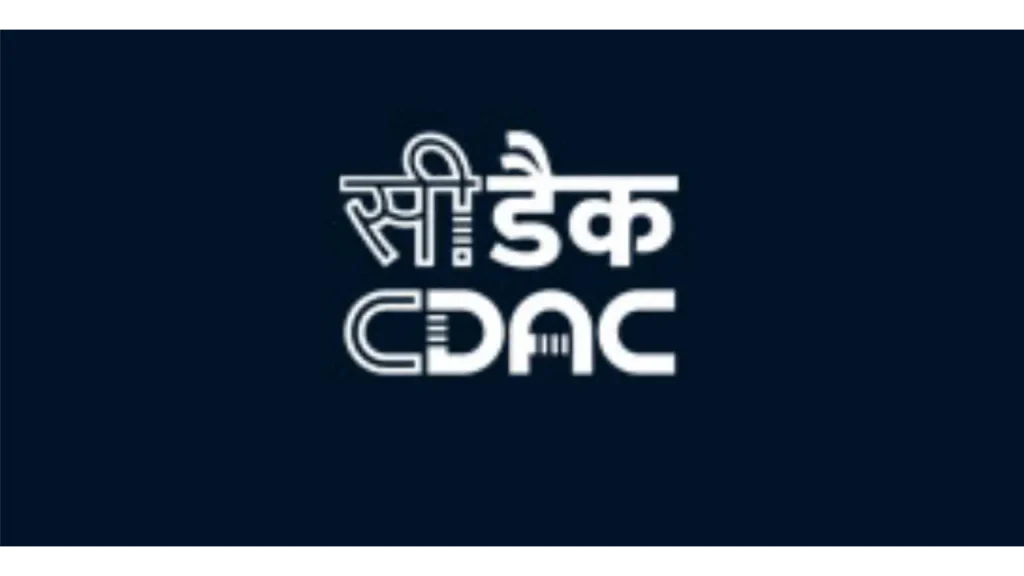- C-DAC is India’s autonomous R&D body championing indigenous HPC, quantum computing, microprocessors (e.g. VEGA), and allied domains.
- The organisation confronts industry challenges around hardware scalability, funding, talent retention, and the integration of classical and quantum computing.
C-DAC’s mission and evolving mandate
The Centre for Development of Advanced Computing (C-DAC), established in 1988 (initially as C-DACT), it was borne out of India’s desire to build indigenous supercomputing capabilities after export denials of advanced machines. Over time it merged with other national R&D bodies (such as NCST) and expanded its scope to software, cyber-security, electronics, and more.
On LinkedIn, C-DAC describes itself as “primarily an R&D Organisation involved in the design, development and deployment of advanced Electronics & Information Technology (IT) based solutions.” It is also cited as a national centre of excellence in application-oriented research and development across electronics and IT fields.
Also Read: Telefónica sells Ecuador unit to Millicom for $380M
Also Read: Nokia and Claro deploy Colombia’s largest 5G network
C-DAC’s innovation thrust and industry partnerships
In recent years, C-DAC has sharpened its focus on quantum computing, microprocessor development, and strategic electronics. A notable recent move is the Letter of Intent (LoI) with QuantWare, a quantum hardware provider, to co-develop hybrid quantum computing technologies, cryogenic electronics, and an indigenous quantum software stack. Moreover, C-DAC has entered a memorandum of understanding with Rigetti Computing to explore hybrid quantum systems. Meanwhile, it is working to tape out a local chiplet technology demonstrator by Q1 FY2026-27 to deepen India’s semiconductor self-reliance.
On the microprocessor front, C-DAC’s VEGA initiative is designed to build a portfolio of RISC-V based processors and ecosystems (e.g. ASTRA controllers, THEJAS SoCs). Through collaborations with industry (e.g. the MoU with L&T Semiconductor Technologies to commercialise C-DAC’s IPs) it aims to translate lab innovations to market products.

